PATTERN REVIEW: Cameron Dress with Hemstitched Detailing in Midweight Linen
Summer may be over, but with many of us still sheltering in place, clothing suitable for the home is a wardrobe necessity. Enter the CAMERON dress: this shirt dress is perfect for lounging about one’s house in comfort and style, a beautifully understated piece in its minimalism.
Initially, I had grand plans when I first received this pattern- my plans being the addition of a dramatic tiered ruffle hem and full romantic sleeves to match. So eager to pursue this concept, I did not realize until halfway through the toile what a mistake I was making! To create such drastic changes altered the very essence of the Cameron dress – its simplicity. I paused in my process to reconsider, this time paying closer attention to what the fabric was trying to tell me. The linen, a mid weight in Antique White, gave an heirloom quality with its color and weight. I decided to stay true to the pattern – stripping away a few details to incorporate drawn thread work as a subtle nod to an older time. A time when handmade garments were not just clothing, but family treasures made with tender patience and the intent to pass down to another generation. Drawn threadwork is an heirloom technique I’ve only recently learned (see attached tutorial), but have been eager to incorporate it in a garment since mastering the basic Ladder Stitch. I forged ahead, confident in my new idea, abandoning the toile to cut right into the fabric. I knew I wanted the drawn threadwork to be the main feature, while highlighting a few details of the pattern such as the neckline, yoke, and cuffs. With what I had in mind I was able to eliminate a few pattern pieces, cutting only the front, back, yoke, and sleeve pattern pieces. I also cut two strips 2″ wide – the length of my neckline – to replace the existing placket and two strips 7″ wide -the length of the sleeve wrist- for my cuffs.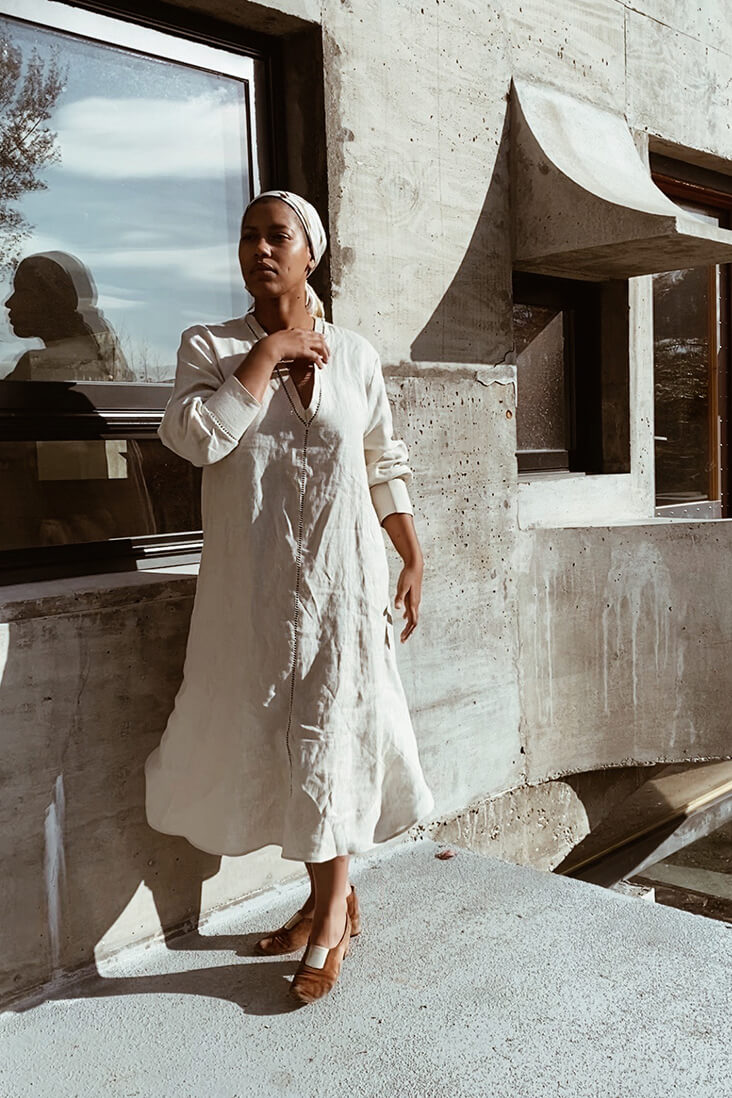
With all pieces cut, I began at the yoke, gently pulling out 10 threads. I took my time handstitching a ladder stitch all along the bottom edge, right above the seam allowance. I sewed in the box pleat on the back pattern, and attached the yoke using French seams. After a quick press, the back was complete, and I moved on to the front of the dress. This was to become the most time-consuming aspect of this garment, and a true lesson in patience as I proceeded to embroider the entire center front with the ladder stitch. At first, I aimed for perfection, taking my time to count out every 6 threads as I slowly stitched, looped, and knotted my way down the front.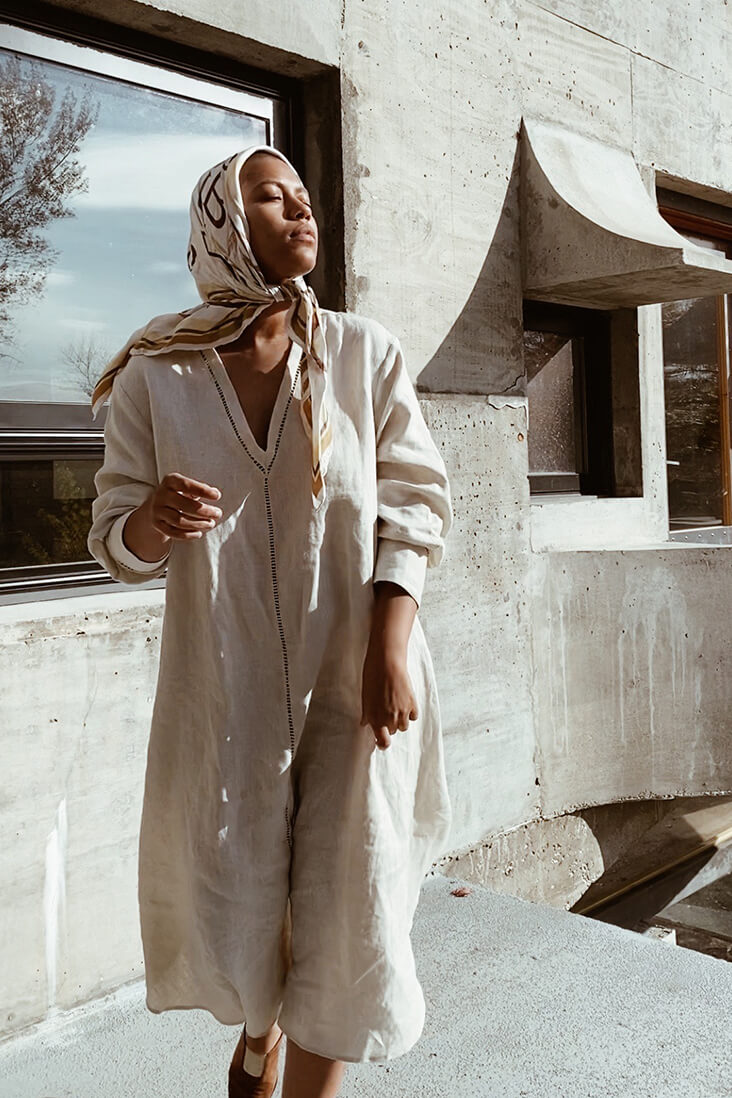 Perfectionism is an aspect I strive for; not having something come out just perfect used to leave me feeling devastated and questioning my skills. Through gentle words of encouragement and love I’ve received from my sewing community, I’m slowly learning to embrace imperfections in my work. A mere quarter of the way down the front, I let myself stop counting the threads and fell into a quiet rhythm, simply eyeballing the groups of thread and not caring about the inconsistencies with each knot. As I finished the front, I sat back to review my work thus far. My stitches were far from perfect, but there was a charming quality to be found in the obvious handwork involved, and a story because of it. One of of love, patience, and care, just like in heirloom pieces from the late 20th century. Inspired by this feeling, I quickly finished the drawn threadwork details along the neckline and cuffs.
Perfectionism is an aspect I strive for; not having something come out just perfect used to leave me feeling devastated and questioning my skills. Through gentle words of encouragement and love I’ve received from my sewing community, I’m slowly learning to embrace imperfections in my work. A mere quarter of the way down the front, I let myself stop counting the threads and fell into a quiet rhythm, simply eyeballing the groups of thread and not caring about the inconsistencies with each knot. As I finished the front, I sat back to review my work thus far. My stitches were far from perfect, but there was a charming quality to be found in the obvious handwork involved, and a story because of it. One of of love, patience, and care, just like in heirloom pieces from the late 20th century. Inspired by this feeling, I quickly finished the drawn threadwork details along the neckline and cuffs.
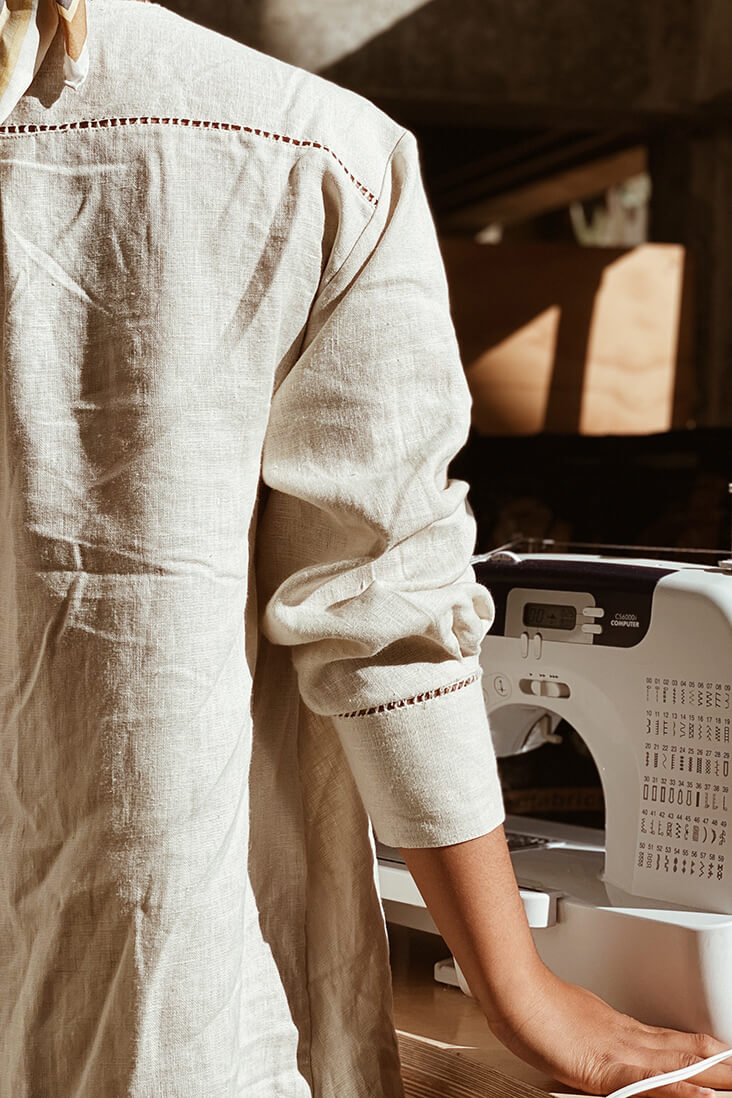 The pattern itself was a breeze to sew, and the ease in attaching the sleeves appreciated. The instructions for sewing were not only clear, but thorough due to the full instruction booklet that came with the pattern itself. I used French seams throughout, and finished my dress just in time to enjoy wearing it on vacation in Vermont, where I spent the rest of the week feeling comfortably elegant. Sewing this dress taught me not only patience, but also to remember to find beauty in life’s imperfections.
The pattern itself was a breeze to sew, and the ease in attaching the sleeves appreciated. The instructions for sewing were not only clear, but thorough due to the full instruction booklet that came with the pattern itself. I used French seams throughout, and finished my dress just in time to enjoy wearing it on vacation in Vermont, where I spent the rest of the week feeling comfortably elegant. Sewing this dress taught me not only patience, but also to remember to find beauty in life’s imperfections.
With love and nimble fingers,
Nayila





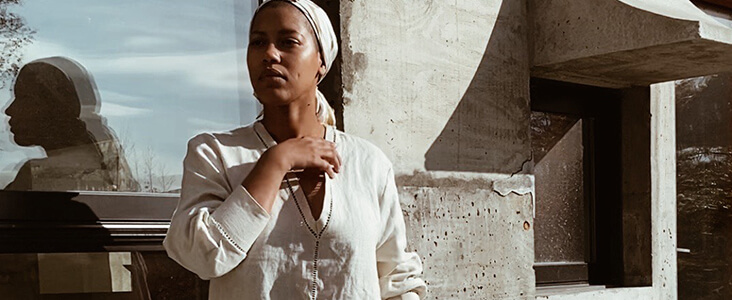
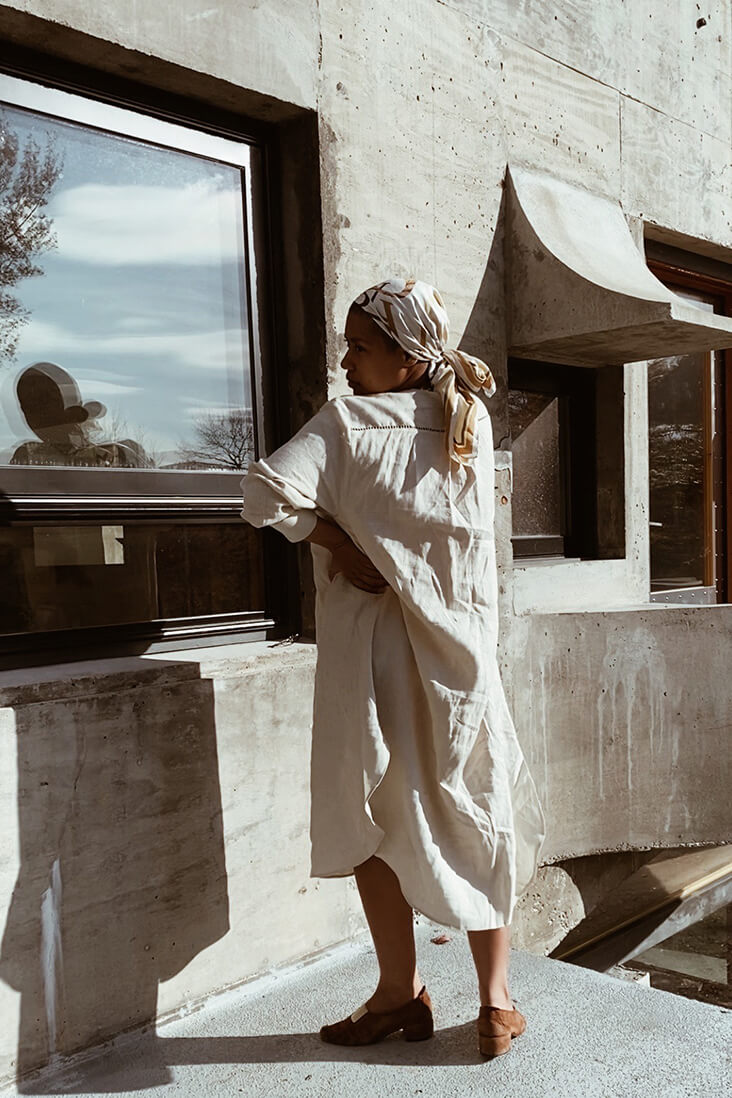
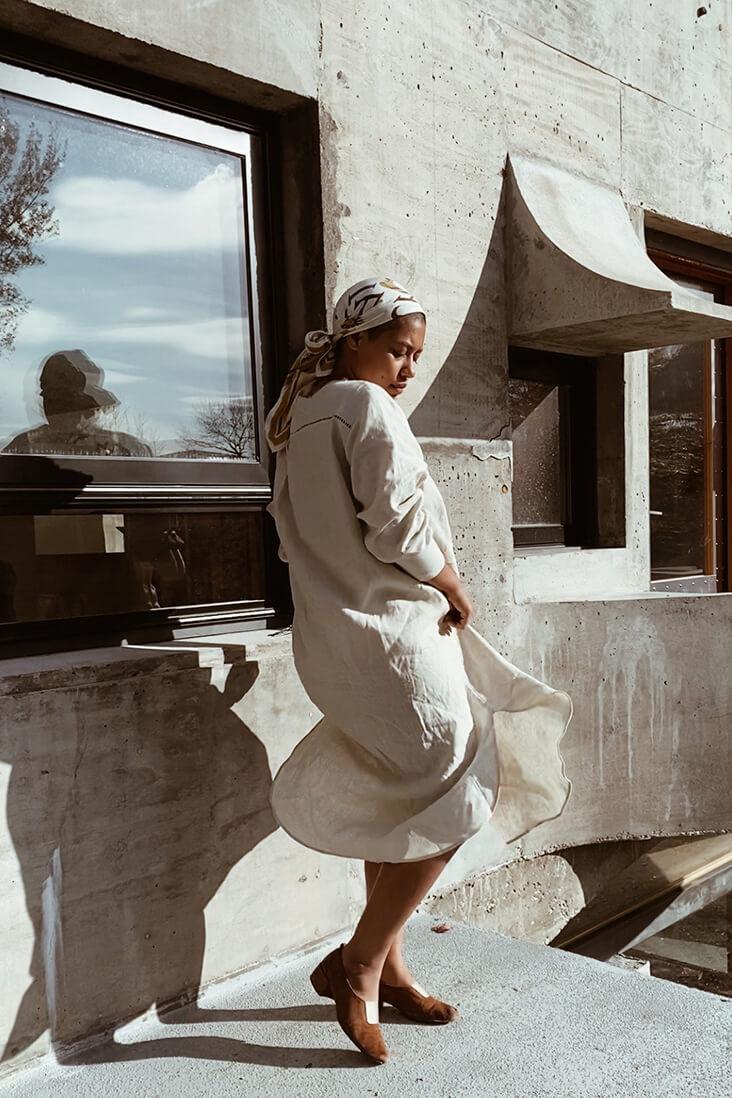

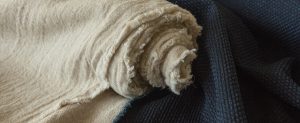
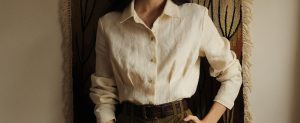
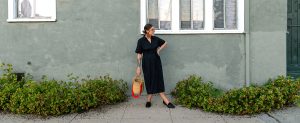








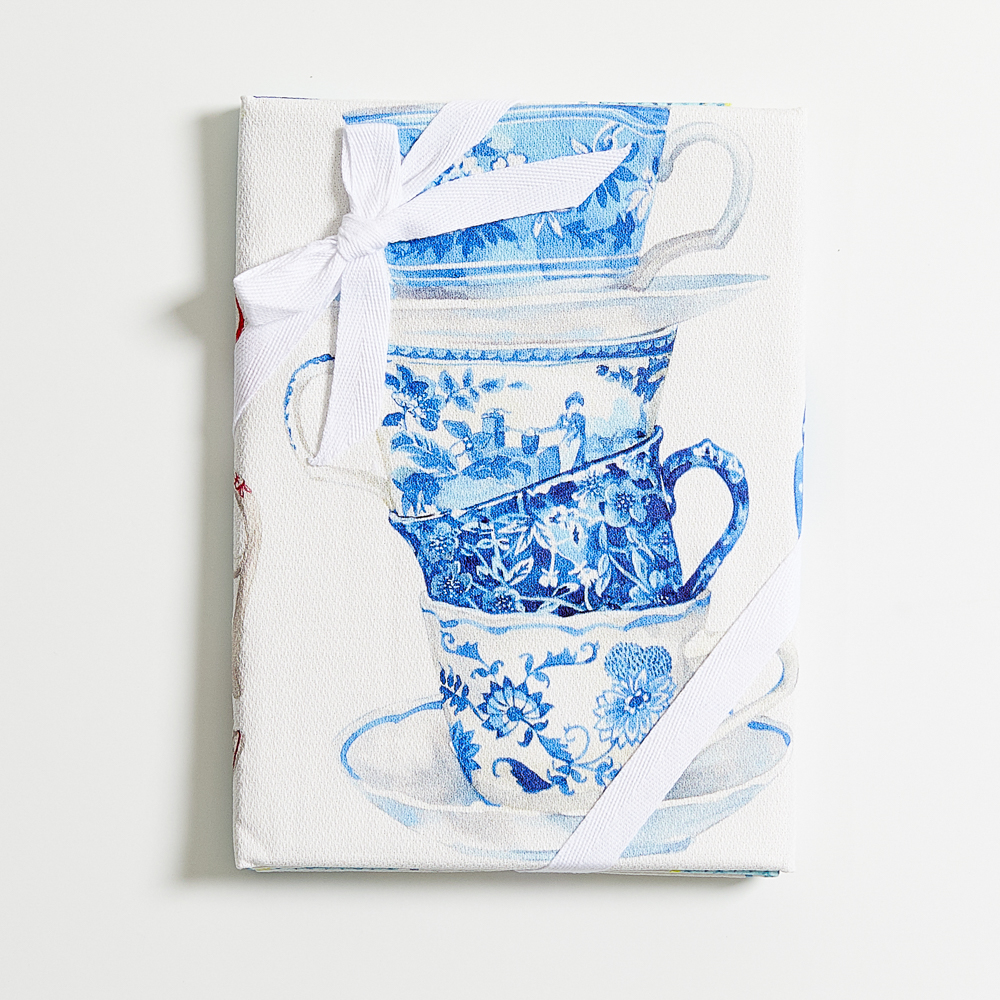




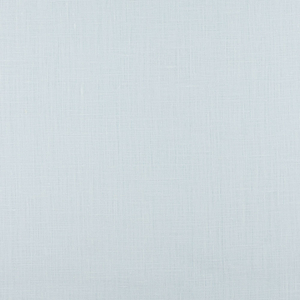
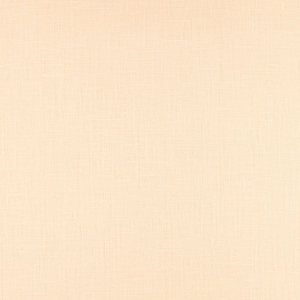

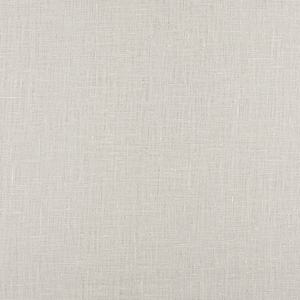
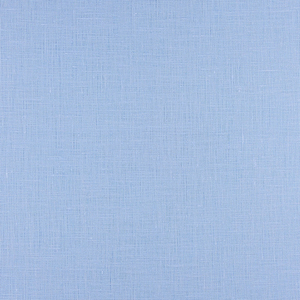
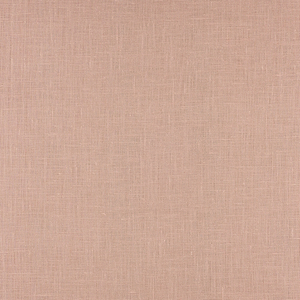
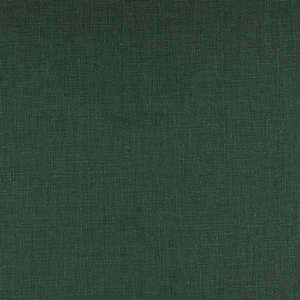
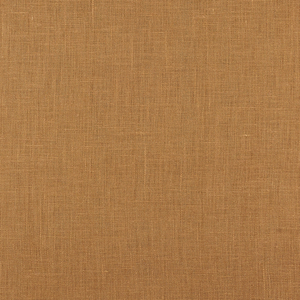



















28 Comments
Bev Hauenstein
Nayila
I have a question regarding the open work along the neckline. So I am assuming the drawn work was done on the placket strip due to it being cut straight with the grain. How did you handle the inside portion that would be double in attaching it to the bodice? LOVE your dress!! It has a wonderful vintage look!
Thank you, Bev
Lynn Eshelman
What a fabulous dress! I want a closet full.. Is this straight or full and loose or very loose? Pictures can be deceiving. I need a super full dress. If nit, can this be altered without losing the effect?
Lauren Gates
Hello Lynn, We have more photos and line drawings of this pattern on our website which may help you see the shape a little better. Here is the link: https://fabrics-store.com/sewing-patterns/cameron-linen-pullover-dress-blouses-and-top
If you would like some suggestions and assistance if you feel it needs alterations, please feel free to reach out to me to discuss.
You can use our webform to contact us directly: https://support.fabrics-store.com/hc/en-us/requests/new
Jolene Caldwell
Oh, that dress looks lovely on you! It looks like so much fun to wear. I would love to learn the drawn thread technique.
Yuliya Childers
Beautiful work and an excellent use of the pattern. It looks great on you!
Linda Kriss
Very inspiring.!
Jane Jones
This dress is stunning on her. I love the simple lines but the added detail is what truly makes a statement.
Yuliya Childers
Jane, it looks like in the article, she says ” I also cut two strips 2? wide – the length of my neckline – to replace the existing placket and two strips 7? wide -the length of the sleeve wrist- for my cuffs. “. I imagine she cut the strips along the grain lines to accommodate the hand stitching.
Yuliya Childers
Sorry, meant to reply to another person 🙂
Lauren Gates
You would be correct Yuliya 🙂
Laura Dallas
Great tutorial. I’m not sure how the hemstitch can be done around the neck. It looks to me that it is not on the straight of grain so how do you pull the threads?
Yuliya Childers
It looks like in the article, she says ” I also cut two strips 2 inch wide – the length of my neckline – to replace the existing placket and two strips 7 inch wide -the length of the sleeve wrist- for my cuffs. “.
I imagine she cut the strips along the grain lines to accommodate the hand stitching.
Kelly Morrissey
You have inspired me to try doing drawn thread work. A question I have that I haven’t found answered anywhere online is whether you do the thread work before or after you assemble the pieces of the garment. I’m thinking before. Thank you!
Lauren Gates
Hi Kelly, generally, you would do the drawn threadwork after you have assembled your garment because your seams provide a neat border to stop and start pulling threads, and to anchor threads, but you can do it before if you’d prefer.
Sara Alicea
Absolutely adorable & looks good on you. Excellent workmanship & like the way you did the collar, impressive. I haven’t done mine because didn’t like but the way you achieve it is delightful on all the hem stitch. You score A +
Thanks so much for sharing.
Enjoy, looks lovely on you.
Elizabeth Barron
Really beautiful and SO inspiring! I’m going to try out the hand drawn hem stitch technique on some scrap linen I have. Maybe with some practice I will feel brave enough to apply this technique to a real garment this summer. Thank you for showing us the way!
Stephanie Hammer
One of the most beautiful dresses I have ever seen. Your work is marvelous! I look forward to postings about any future work you may do. TIA! Be well…
Heather Barclay Davis
Thank you for this! It’s beautiful to see you & your work. And I Love the way you altered the neck – that awkward looking placket is why I’ve previously avoided this pattern
Aline Lin
It’s so beautiful ?.
Ann brooke Reaugh
You had me with your write up, but the close up of the drawnwork just mademy day. Thank you for this shared inspiration.
Rebecca Haworth
Your garment is beautiful
Kate Sweet
I too just learned how to hemstitch this summer and have been trying it on multiple projects. I made the Luciana dress for my daughter and used drawnwork on the pockets and yoke. Do you have any tricks for making sure all the pieces you are cutting out are exactly on the grain? I ended up pulling a thread to line up the pattern and cutting out each piece separately.. Will you post a tutorial for your work on this dress? I’d love to see how you did the neckline.
Patti Calande
What a beautiful application of hemstitching. The final look is perfection. Thank you for the advice and instructions. I’ve used this method on towels, but not a garment. I may have to give it a go!
Patricia Lynch
Beautiful! Thank you for sharing.
Dr Lucille Craig
Wow, You are an inspiration.?
gretchen gardener
What a fantastic idea! The dress looks marvelous on you, and your handiwork is gorgeous!
Shari Thorley
Absolutely a stunning embellishment to a beautiful dress. Looking good!
Maria Stahl
It is lovely on you. Big “duh” here–I never thought to do the drawnwork BEFORE putting the pieces together! So smart.